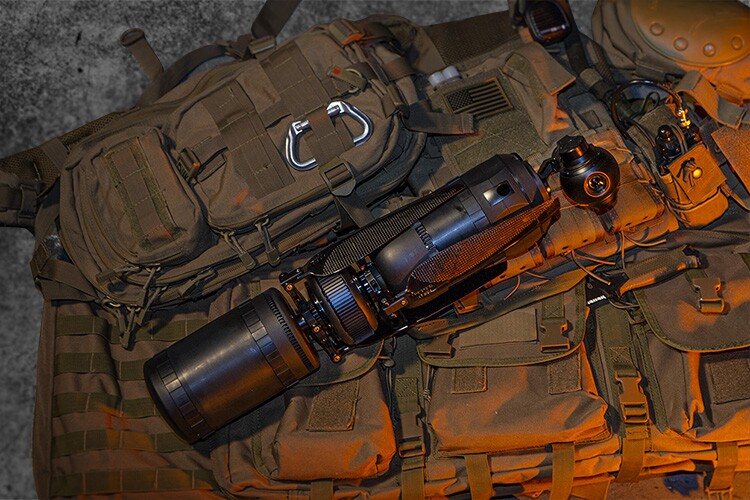While quadcopter drones certainly are useful, mounting sensors or other payloads on them can be difficult, plus they're often awkward to carry. That's where the Spirit drone is designed to come in, with its innovative cylindrical, modular body.
The Spirit is manufactured by Massachusetts-based Ascent Aerosystems, which brought us the similar Sprite drone back in 2015.
Like that model, the Spirit features two counter-rotating sets of rotor blades, one above the other. These, along with its four landing struts, fold into the sides of the drone when not in use. This means that users can simply toss it in a backpack or bag, and carry it like a thermos.

In order to add one or more of the system-specific modules – such as a gimbal-stabilized HD camera, infrared sensor or an extra battery – users just twist a dust cap off of either end of the aircraft, then twist and lock the module on in its place. According to the company, the Spirit can accommodate almost 10 lb (4.5 kg) of gear added in this fashion.
One charge of the drone's standard single battery is claimed to be good for a flight time of 38 minutes with no payload, or 22 minutes with the maximum load. Its recommended top forward flight speed is 60 mph (97 km/h). Users can pilot it by real-time radio remote control, or utilize its autopilot system designed by industry partner Autodyne.
And as an added bonus, the Spirit's waterproof design allows it to be flown in the rain or snow.
It can be seen in action, in the following short video. Ascent Aerosystems invites potential buyers to get in touch for a quote.
Source: Ascent Aerosystems






